Once the stars of dinner tables, diners, and family cookbooks, these classic American meals have quietly faded into obscurity. From liver and onions to pineapple upside-down cake, these dishes were once beloved staples that defined generations of home cooking and restaurant fare. But changing tastes, evolving health trends, and the rise of global cuisine pushed them aside. Some may stir warm memories, others raise eyebrows—but all are rich with culinary nostalgia. Take a bite out of the past as we revisit 25 once-popular U.S. meals that have nearly vanished from today’s menus. How many do you remember?
1. Liver and Onions
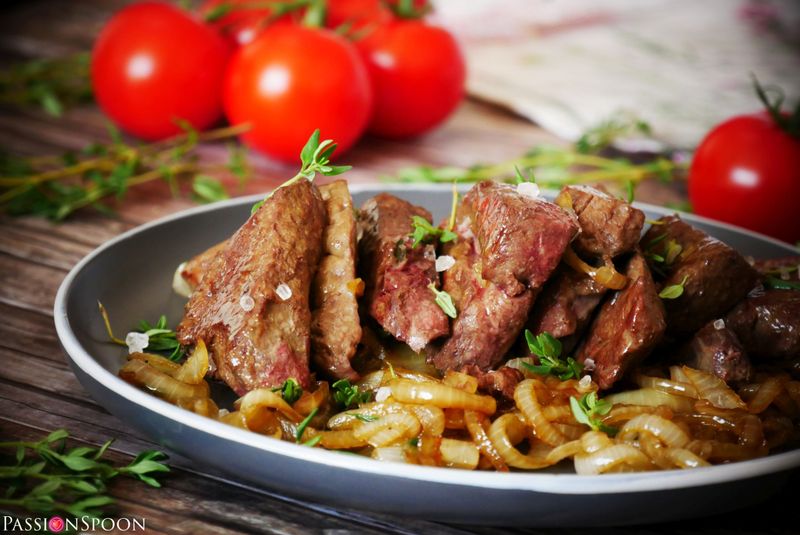
Back in the day, liver and onions were considered a powerhouse of iron and comfort, especially in working-class households. This pan-fried beef liver dish, smothered in caramelized onions, was once a menu fixture at diners and supper clubs.
But as palates modernized and the taste for organ meats waned, this dish fell from favor. Its assertive flavor and chewy texture haven’t aged well with younger generations, who prefer leaner, more familiar cuts.
Today, it’s rarely found outside of traditional Southern kitchens or nostalgic diners clinging to culinary history. Still, some say nothing beats it with a side of mashed potatoes.
2. Salisbury Steak
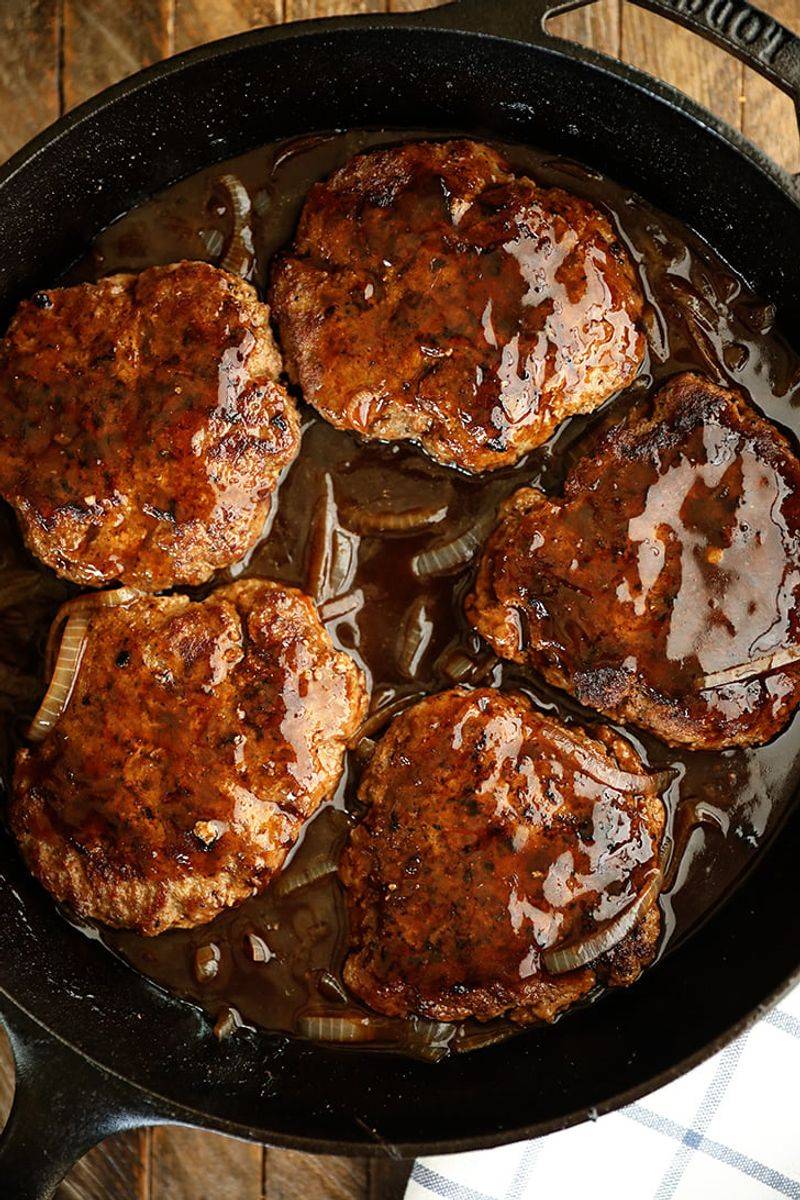
Long before microwave meals took over, Salisbury steak was a homemade comfort food classic. Ground beef seasoned with breadcrumbs and spices, shaped into patties, then drowned in a savory brown gravy—it mimicked luxury at a budget price.
Often served with mashed potatoes or peas, it fed families affordably and filled many a 1960s TV dinner tray. But as tastes shifted toward fresher, less processed meals, Salisbury steak became associated with cafeteria trays and frozen food fatigue.
Though it’s still available in some homestyle restaurants, its glory days as a weeknight favorite are far behind, remembered more than relished.
3. Ham Steak with Pineapple

Nothing says retro dinner quite like a thick slice of ham steak, seared golden and topped with a juicy pineapple ring. This sweet-and-savory combo was a mid-century marvel, popular for its minimal prep and maximum flavor.
It channeled a vaguely tropical flair that felt fancy at the time—even if it came straight from a can. But tastes have evolved, and the pairing now feels more kitschy than craveable.
As fresh ingredients and international flavors reshaped American cooking, this once-popular entrée disappeared from most menus. Still, it remains a vivid memory of potluck spreads and Sunday dinners from a bygone era.
4. Chicken à la King

Originally a luxury hotel dish, Chicken à la King brought creamy decadence to weeknight dinners in the mid-20th century.
Chunks of chicken in a rich cream sauce, dotted with mushrooms and peppers, were typically ladled over toast points, rice, or noodles. Canned versions flooded the market in the 1950s, cementing its place in American households.
But over time, its starchy heaviness and dated presentation lost appeal. These days, it’s hard to find outside of vintage cookbooks or retirement home menus. Once hailed as a regal meal, Chicken à la King now rules mostly in culinary memory, not modern kitchens.
5. Shrimp Newberg
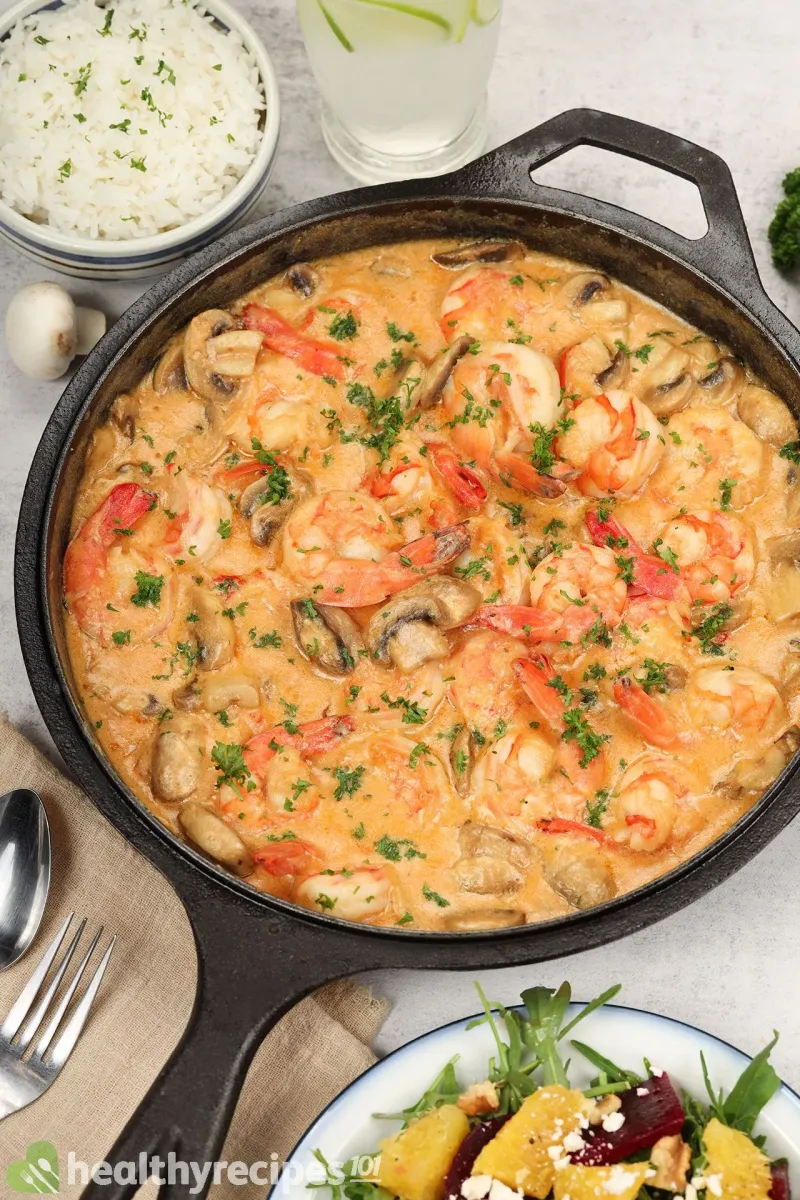
Elegant and indulgent, Shrimp Newberg was once a showstopper at upscale restaurants and special occasions. It combined shrimp with a velvety sauce of butter, cream, egg yolks, and a splash of sherry—usually served over toast or rice.
With its roots in 19th-century fine dining, the dish symbolized high taste and refinement. However, the richness of the sauce and its high-fat ingredients eventually clashed with changing dietary trends.
Lighter seafood preparations took center stage, and Newberg faded into obscurity. Though now rarely served, its luxurious flavor and old-world charm remain a throwback to America’s more opulent dining traditions.
6. Jell-O Salad
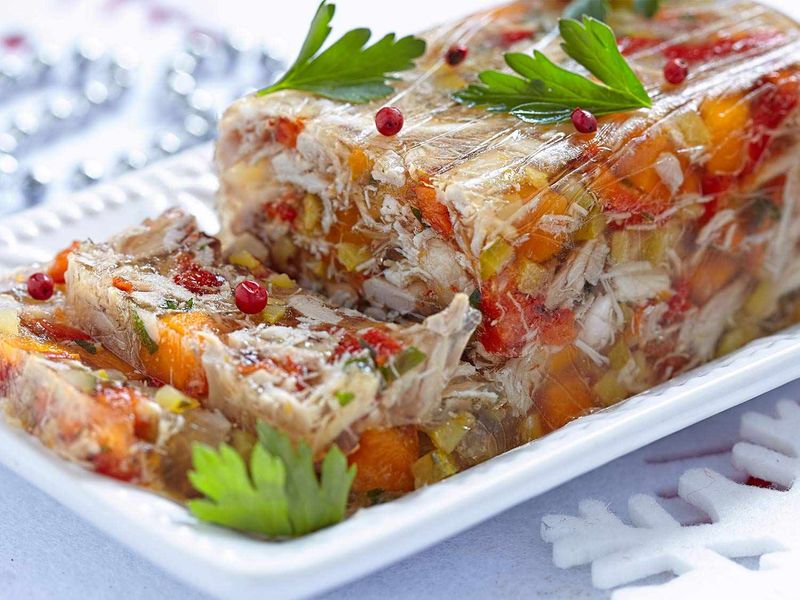
In a world once captivated by gelatin molds, Jell-O salad reigned supreme. Brightly colored and often filled with improbable combinations—think cottage cheese, shredded carrots, or canned fruit—these wobbly creations graced holiday tables and potlucks across the U.S.
Popularized in the 1950s, they were seen as inventive and convenient, especially for homemakers embracing postwar food trends. But as the decades passed, these jiggly concoctions became a punchline rather than a palate-pleaser.
Health-conscious eaters and culinary minimalists alike turned their backs. Today, the sight of suspended olives in lime gelatin is more likely to evoke raised eyebrows than fond nostalgia.
7. Deviled Ham Spread
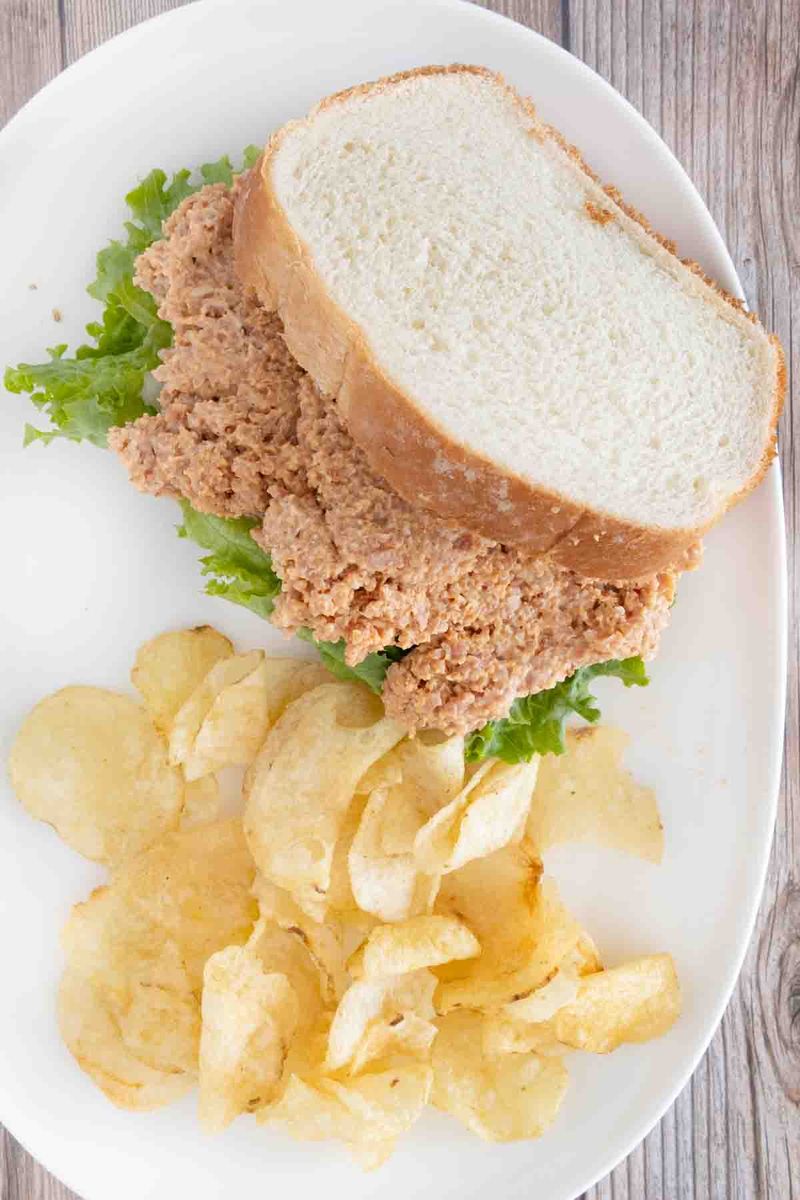
Before artisanal charcuterie boards and gourmet deli meats, deviled ham spread was the go-to sandwich filler in American pantries.
Sold in tiny paper-wrapped cans, it offered a spicy-salty mix of processed ham, mayonnaise, and seasonings—ideal for crackers or sandwiches. It was a lunchbox staple and hurricane kit essential, thriving during eras when shelf stability mattered most.
But over time, its mushy texture and overtly processed taste fell out of favor. As fresh meats and homemade spreads took over, deviled ham quietly slipped into culinary exile. It’s still around in stores—but rarely seen in anyone’s actual fridge.
8. Beef Tongue
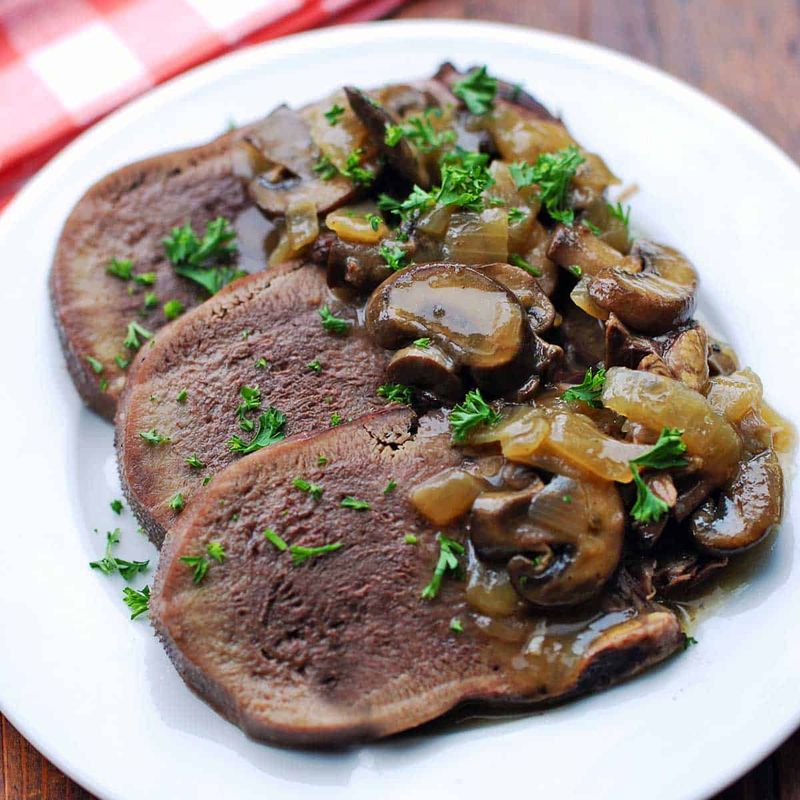
This once-prized cut of meat was a delicacy across cultures, and in early American kitchens, beef tongue made frequent appearances in sandwiches and stews.
Known for its tender texture and mild flavor when cooked properly, it was celebrated for thrift and taste alike. Yet as nose-to-tail cooking lost popularity in mainstream America, so did dishes like this. The idea of eating tongue now grosses out many diners before they’ve taken a bite.
While still revered in some global cuisines, in the U.S., it’s mostly vanished from the average menu—relegated to butcher counters and memories of great-grandma’s Sunday roast.
9. Tomato Aspic

Tomato aspic—a chilled gelatin mold made from seasoned tomato juice—once served as an elegant appetizer or side, particularly in Southern households and vintage supper clubs.
Often shaped in ornate molds and filled with celery, olives, or onions, it bridged the gap between salad and savory jelly. Though it enjoyed decades of popularity, particularly from the 1920s through the 1960s, its odd texture and acquired taste eventually pushed it off the table.
For modern eaters, the idea of tomato-flavored gelatin is more unsettling than appetizing. Today, tomato aspic lives on mostly in old cookbooks and food history forums.
10. Codfish Cakes

Frugal, flavorful, and fried to golden perfection, codfish cakes were a coastal classic that migrated inland through home kitchens and wartime rations.
Made from a mix of salted cod, potatoes, and seasonings, they were economical and satisfying. Popular in New England and the South alike, these crispy cakes paired well with everything from baked beans to creamed corn.
But with the decline of salt cod usage and a rise in fresh seafood availability, the humble codfish cake began to vanish. Now, it’s more common in heritage cookbooks than on restaurant menus, quietly replaced by trendier fish tacos and crab cakes.
11. Chicken Croquettes
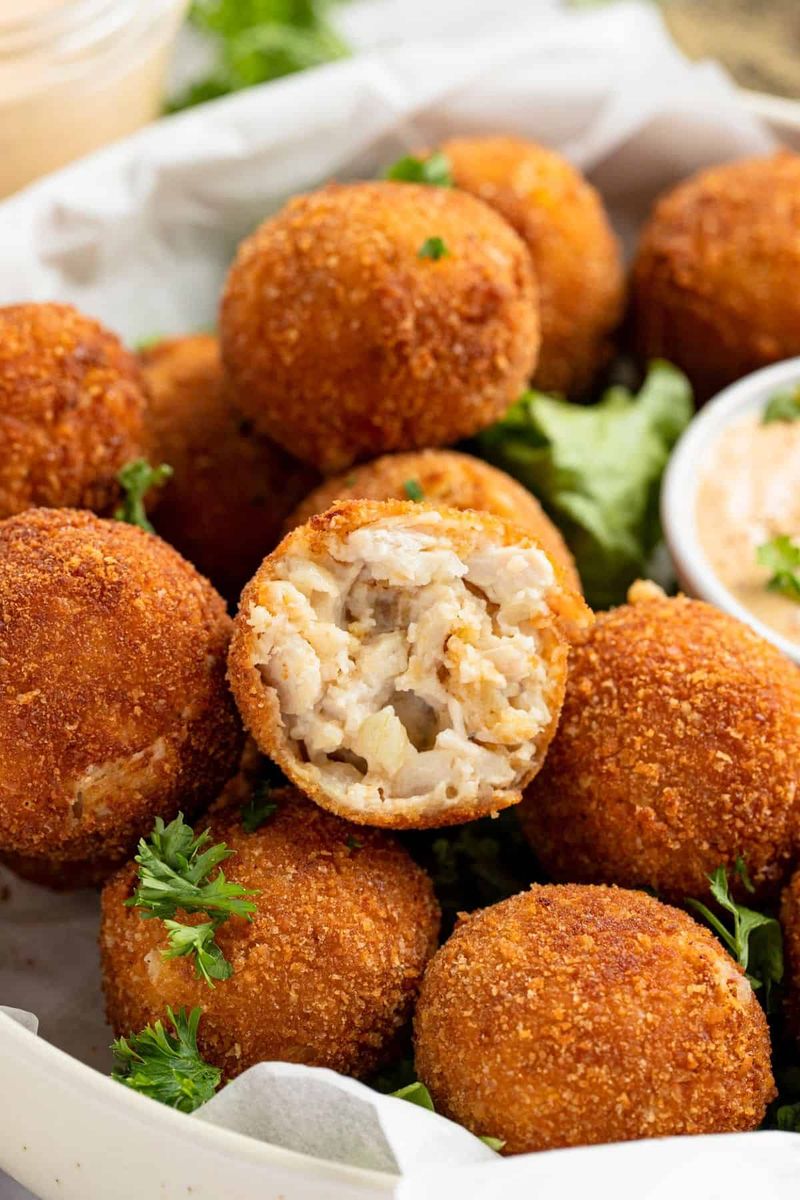
Golden on the outside, creamy on the inside—chicken croquettes were once a dinner party darling. Made from minced chicken mixed with béchamel or mashed potatoes, shaped into cylinders or patties, then breaded and fried, they offered comfort in every crunchy bite.
Served with gravy or a cream sauce, they felt fancy without the fuss. Popular during the mid-20th century, especially in school cafeterias and home kitchens, croquettes slowly faded as Americans leaned into quicker meals and fresher ingredients.
Today, they’re mostly remembered by name alone, replaced by more modern takes on chicken like tenders, nuggets, or rotisserie favorites.
12. Pot Roast with Cabbage
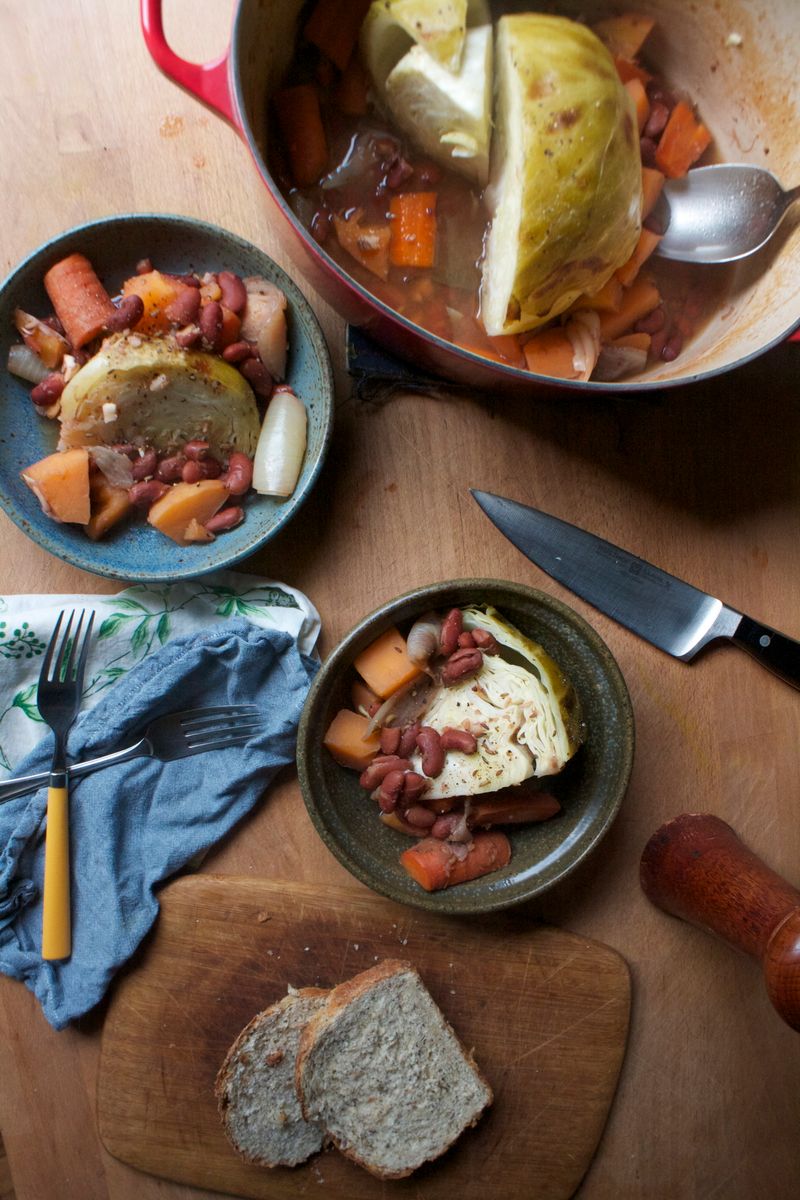
This hearty meal was a cold-weather favorite in countless American homes. Pot roast with cabbage blended slow-cooked beef with tender wedges of cabbage, often accompanied by carrots and potatoes, creating a one-pot meal that filled both bellies and kitchens with warmth.
It was economical and satisfying—a true example of Depression-era ingenuity that lingered for decades. But as tastes moved toward more streamlined meals and global cuisine took hold, this robust dish began to feel outdated.
Now, it’s more likely to be found in nostalgic cookbooks or slow cooker fan groups than on your average weeknight dinner table.
13. Welsh Rarebit

Despite the misleading name, Welsh rarebit contains no rabbit—just a rich cheese sauce poured over toasted bread. Popular in English and early American taverns, it offered a meatless yet indulgent meal, especially during times of rationing.
The sauce, often made with sharp cheddar, mustard, beer, and spices, gave humble toast a gourmet twist. Once considered a sophisticated supper, it’s now rarely seen outside Anglophile households or niche brunch spots.
While cheese lovers might still swoon over it, modern diners gravitate toward grilled cheese or trendy toast toppings, leaving Welsh rarebit as a footnote in melted cheese history.
14. Corned Beef Hash
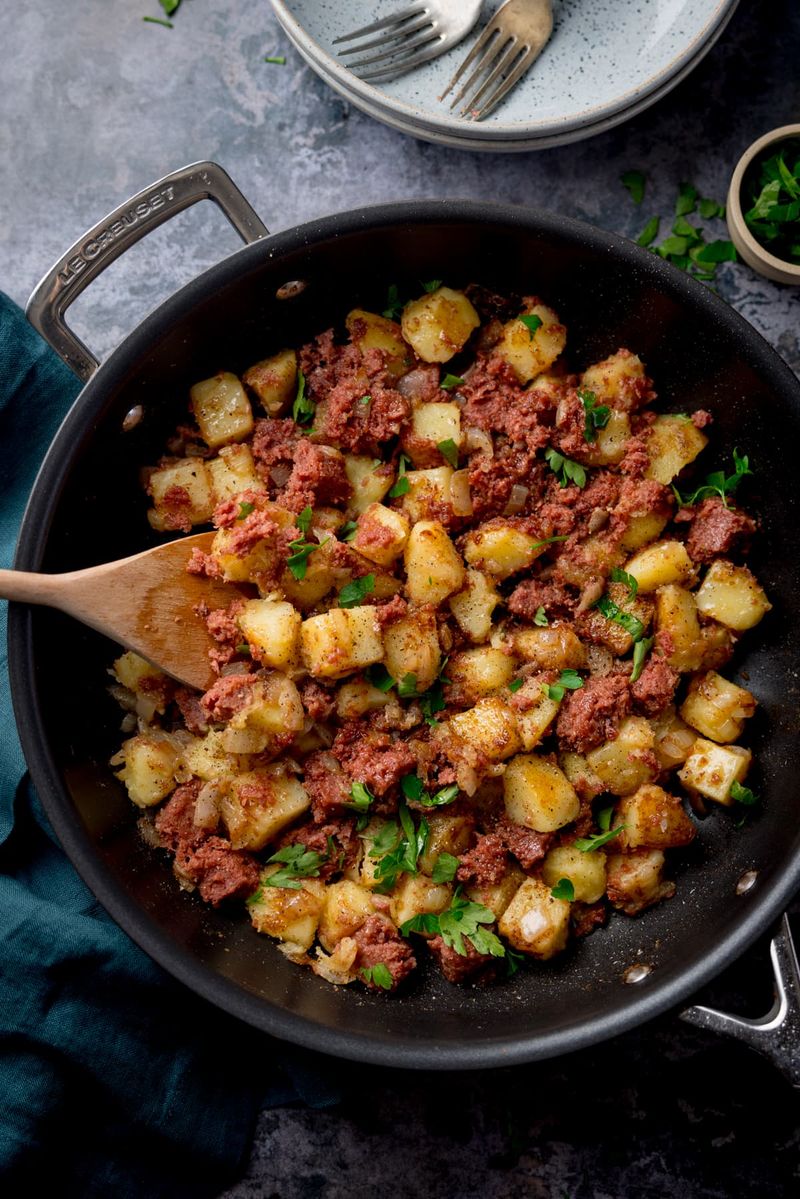
Originally a way to stretch leftovers, corned beef hash became a breakfast staple in 20th-century America. Chopped corned beef mixed with diced potatoes and onions, pan-fried until crisp and browned, it was hearty, salty, and deeply satisfying.
Diner menus embraced it, and home cooks made it a go-to for post-holiday meals. But as breakfast trends shifted to lighter options or elaborate brunches, hash lost its footing. Now, it’s more of a retro curiosity than a morning favorite.
While still beloved by purists and comfort food fans, you’ll rarely find it on the plate of a modern-day avocado toast devotee.
15. Stuffed Bell Peppers
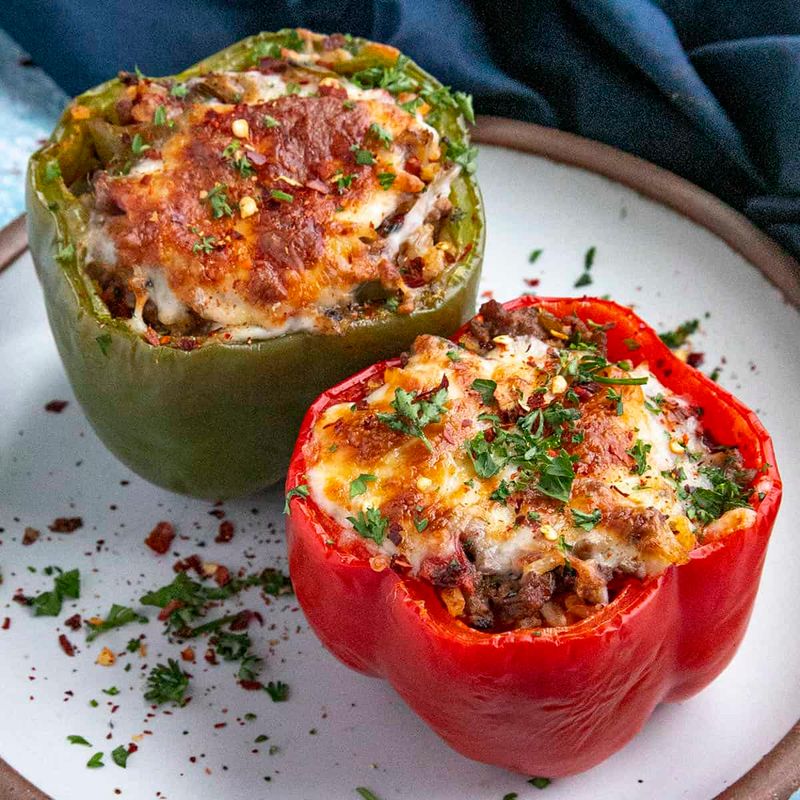
A true staple of mid-century American cooking, stuffed bell peppers brought color and comfort to the dinner table. Typically filled with ground beef, rice, tomatoes, and herbs, then baked until tender, they offered a self-contained meal in an edible bowl.
Once a go-to for moms looking to stretch ingredients creatively, their popularity declined as quicker, less fiddly meals came into favor. These days, you’re more likely to see deconstructed versions or trendy plant-based twists.
The original incarnation—green bell peppers overflowing with beefy filling—is now more nostalgic than commonplace, evoking memories of grandma’s kitchen and old-school casserole nights.
16. Oyster Stew
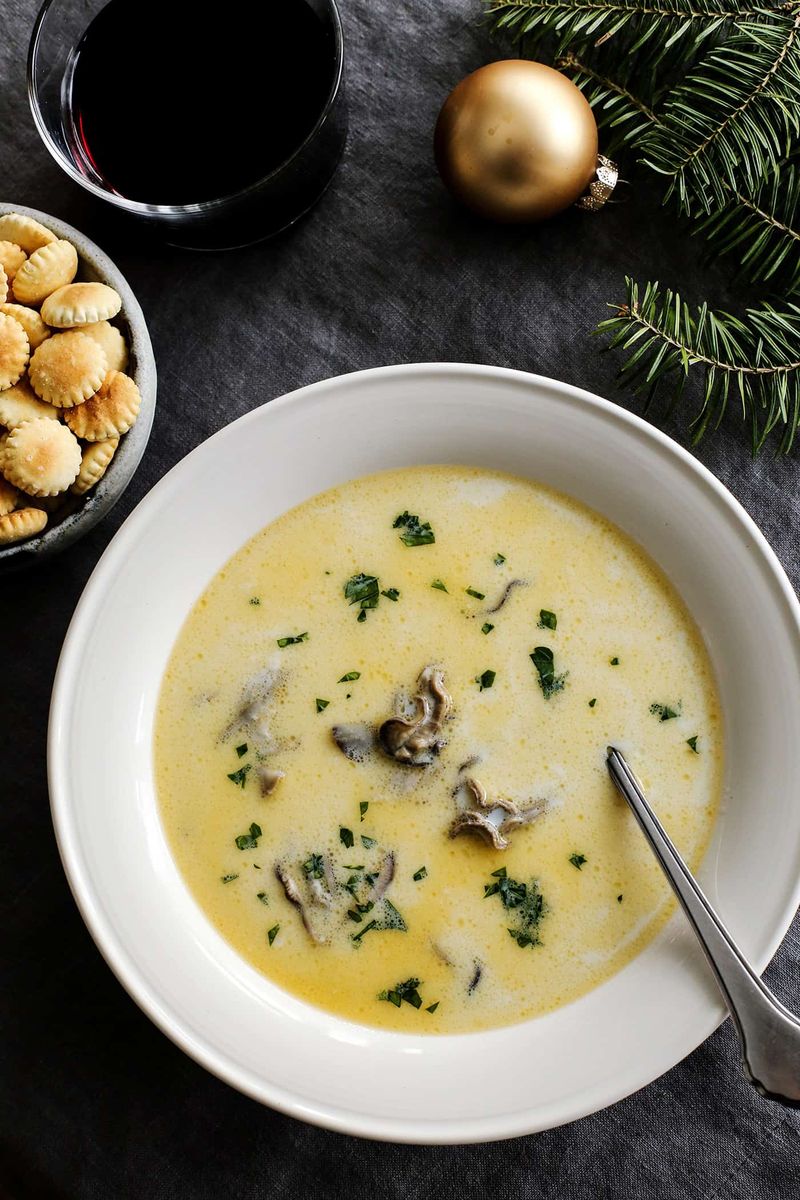
Once a cherished Christmas Eve tradition in many American households, oyster stew combined fresh oysters with butter, milk, and a dash of salt and pepper for a simple, briny soup.
It was especially beloved in coastal communities and Catholic homes observing meatless holiday meals. Rich without being overly heavy, it warmed both bellies and hearts. But as oyster prices rose and seafood safety concerns grew, the dish began to slip out of fashion.
Today, you’re unlikely to find oyster stew on restaurant menus or in home kitchens, except among die-hard traditionalists still holding onto this quietly fading ritual.
17. Creamed Chipped Beef on Toast

Also known as “SOS” by U.S. servicemen, creamed chipped beef on toast was a military mess hall staple that made its way into American kitchens post-WWII.
Thin strips of dried beef were coated in a thick white sauce and spooned generously over white bread. It was cheap, filling, and easy to prepare—qualities that made it a household standby.
But as America moved away from heavily processed meats and heavy cream sauces, the dish’s appeal waned. Now, it’s more often the butt of culinary jokes than the centerpiece of any meal, remembered more for nostalgia than for flavor.
18. Mock Turtle Soup
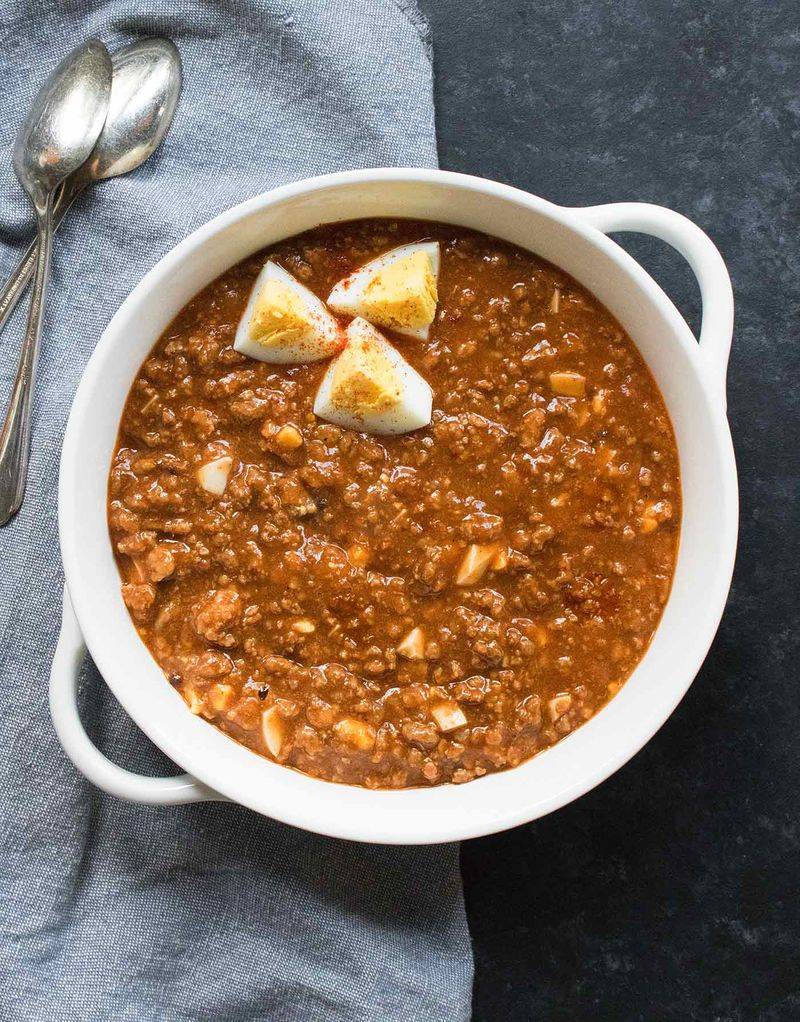
Despite its name, mock turtle soup contains no turtle—just a clever substitution of calf’s head or ground beef to mimic the flavor of real turtle meat, which was once a delicacy.
Born from necessity and embraced for its rich, savory flavor, it became a fixture in Victorian-era and early 20th-century fine dining. Recipes varied, often featuring lemon, sherry, and hard-boiled eggs for depth.
But the complexity of preparation and its somewhat unsettling origins eventually led to its downfall. Today, mock turtle soup survives only in historic cookbooks and rare regional menus, a culinary relic from a more adventurous time.
19. Pineapple Upside-Down Cake

With its sticky caramelized topping, glossy maraschino cherries, and bright rings of canned pineapple, this cake was once the star of every 1950s dessert table.
Easy to make with boxed mix and pantry staples, it brought tropical flair to suburban kitchens nationwide. But over time, its cloying sweetness and retro presentation began to feel dated.
As dessert trends veered toward rustic crumbles or elegant patisserie, the upside-down cake slipped into nostalgic territory. Though occasionally revived for themed parties or bake-offs, it’s no longer a dessert of choice, remembered fondly but rarely baked in modern American households.
20. Baked Alaska
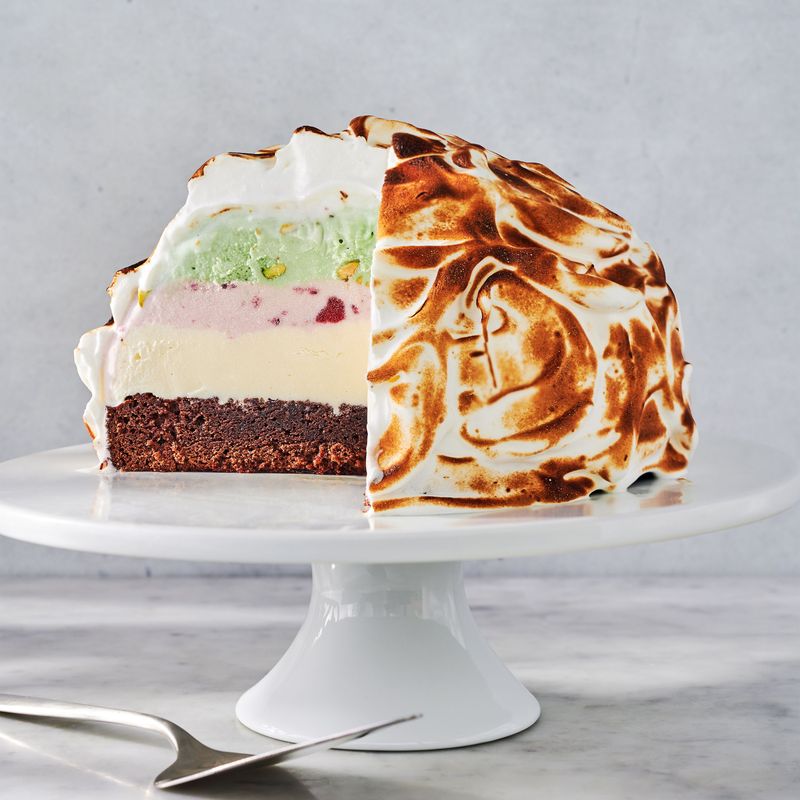
There was a time when Baked Alaska dazzled dinner guests with its theatrical flair—ice cream layered over cake, encased in toasted meringue, and flambéed at the table.
First popularized in the 19th century, it became a centerpiece for celebratory meals well into the mid-20th century. The contrast of warm meringue and cold ice cream was both a culinary and visual marvel.
But its labor-intensive preparation, coupled with changing dessert preferences, sent it into obscurity. Today, it’s more of a legend than a menu item, occasionally dusted off for nostalgia but seldom spotted in contemporary kitchens or restaurants.
21. Angels on Horseback

Once a party showpiece, Angels on Horseback featured oysters wrapped in bacon, skewered with toothpicks, and broiled until sizzling.
Served as hors d’oeuvres at upscale gatherings in the 19th and early 20th centuries, this rich, salty bite was both elegant and indulgent. However, the combination of shellfish and pork, not to mention the oyster’s polarizing texture, eventually fell out of fashion.
As appetizer trends shifted toward lighter, plant-forward fare, these decadent bites disappeared from the rotation. Now, this once-sophisticated snack lives on mostly in culinary trivia and vintage cookbooks, rarely reappearing on modern menus or social spreads.
22. Spoonbread
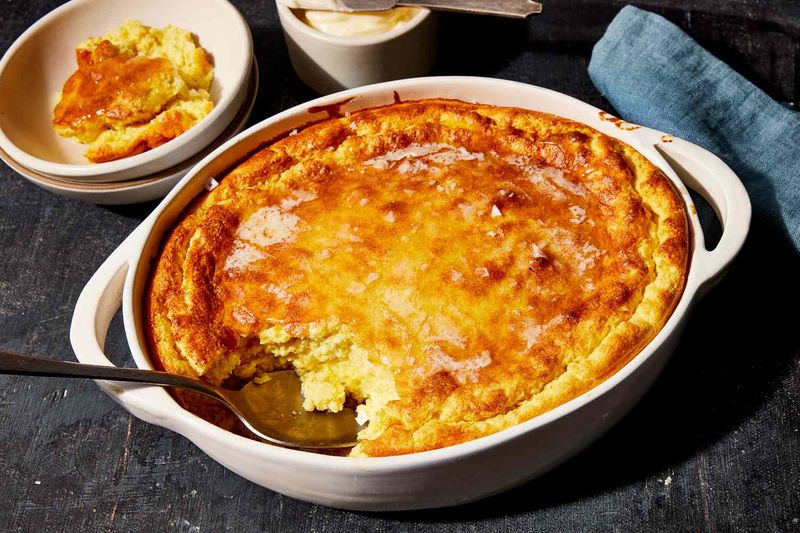
Unlike typical bread, spoonbread is soft, airy, and custard-like—somewhere between cornbread and pudding. A Southern staple, it was often served warm in a casserole dish and scooped rather than sliced.
Traditionally made with cornmeal, milk, eggs, and butter, it was a comfort food that thrived at community gatherings and holiday meals. But as cornbread grew more popular in firmer, muffin-like form, spoonbread faded into the background.
Its delicate texture and labor-intensive prep didn’t suit the speed of modern kitchens. Though cherished in Appalachian and Southern homes, spoonbread is no longer a regular guest on most American dinner tables.
23. Flummadiddle
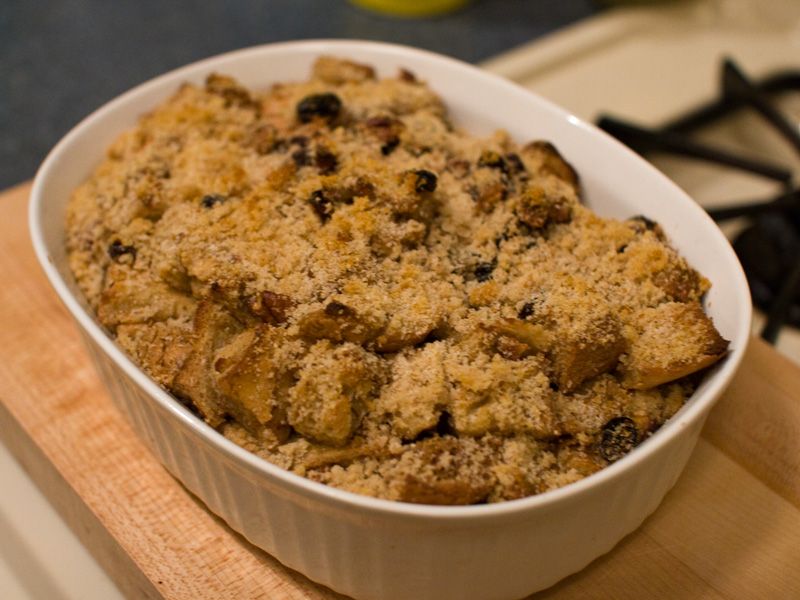
Strange name, stranger origins—flummadiddle was a humble but hearty mix of cornmeal, pork drippings, molasses, and stale bread, once common in New England working-class kitchens.
Born of thrift and resourcefulness, it was a stick-to-your-ribs dish during hard times. The flavor was rustic and slightly sweet, a far cry from today’s polished fare. As prosperity grew and palates changed, flummadiddle faded fast.
It’s now virtually unknown to modern cooks, often confused with folklore more than food. You’ll rarely find it outside historical societies or food historians’ blogs, making it one of America’s most obscure forgotten meals.
24. Salmon Loaf

This pantry-powered dinner was once the hero of countless weeknight meals. Made with canned salmon, breadcrumbs, eggs, and seasonings, the loaf was baked and sliced like meatloaf—easy, frugal, and filling.
It rose to popularity during wartime rationing and remained common through the ’60s. But as fresh fish became more accessible and culinary expectations evolved, salmon loaf lost its appeal. Its dense texture and strong canned taste just couldn’t compete with fresher, more vibrant seafood dishes.
Today, it’s a relic of resourceful home cooking, remembered mainly by those who grew up eating it, not those adding it to weekly menus.
25. Veal Oscar
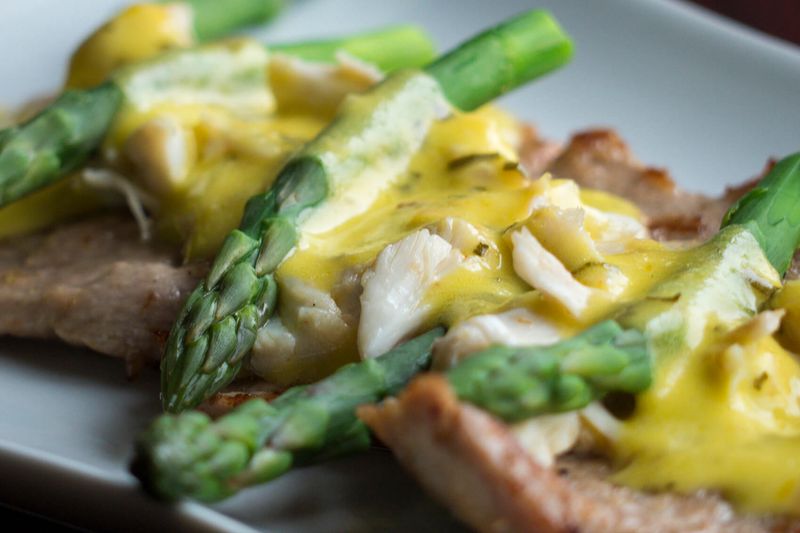
This upscale entrée once graced white-tablecloth restaurants as a symbol of fine dining. Veal Oscar featured tender veal cutlets topped with asparagus, lump crab meat, and rich Béarnaise sauce—a decadent trifecta.
It peaked in the 1950s and ’60s when continental cuisine was all the rage. But ethical concerns around veal production, along with changing tastes and a turn toward lighter meals, pushed this dish out of the spotlight.
Its luxurious ingredients also made it less practical for modern restaurants. Now, Veal Oscar is more of a culinary memory than a menu fixture, remembered as a high-end indulgence from another era.
Leave a comment